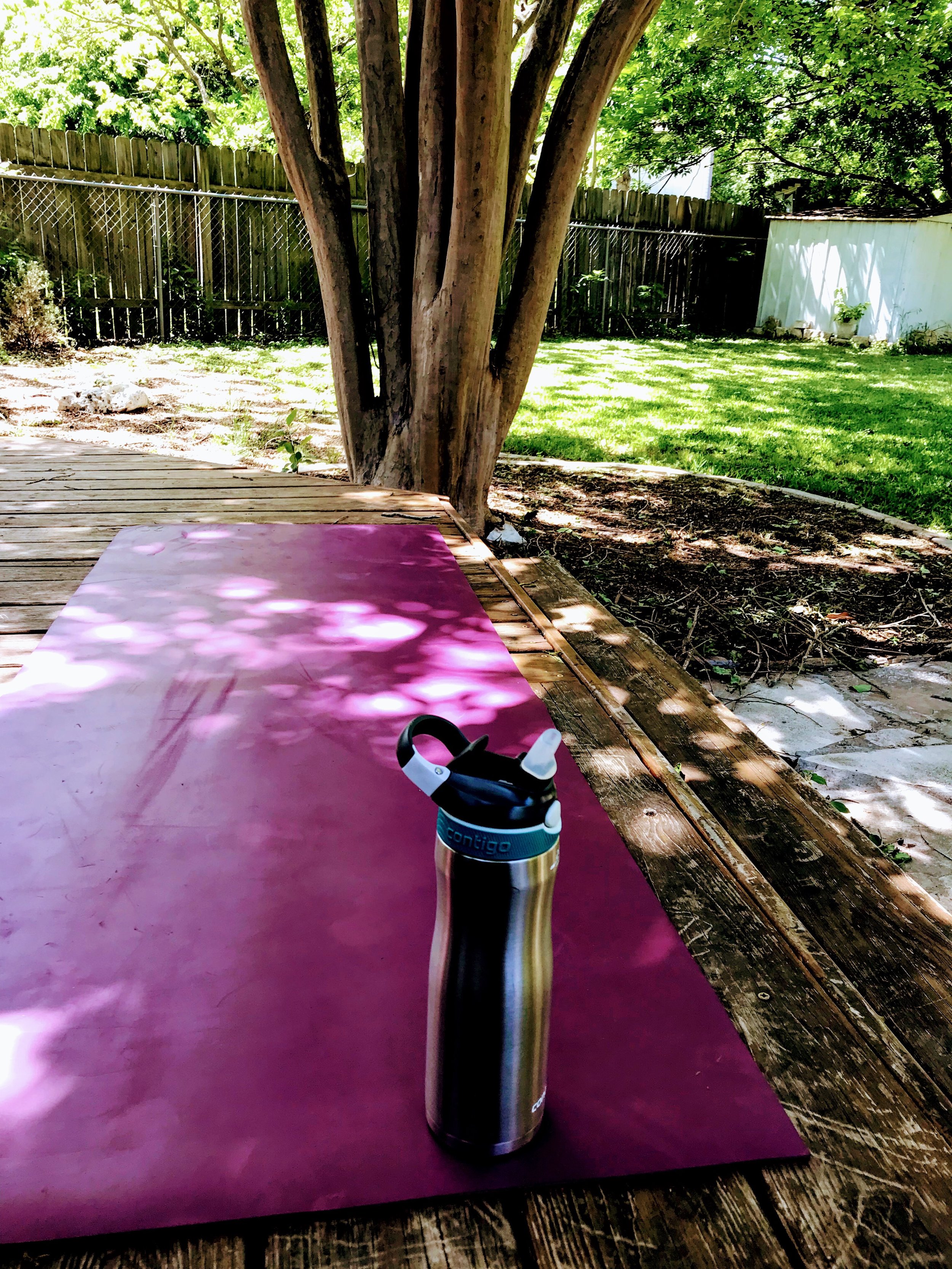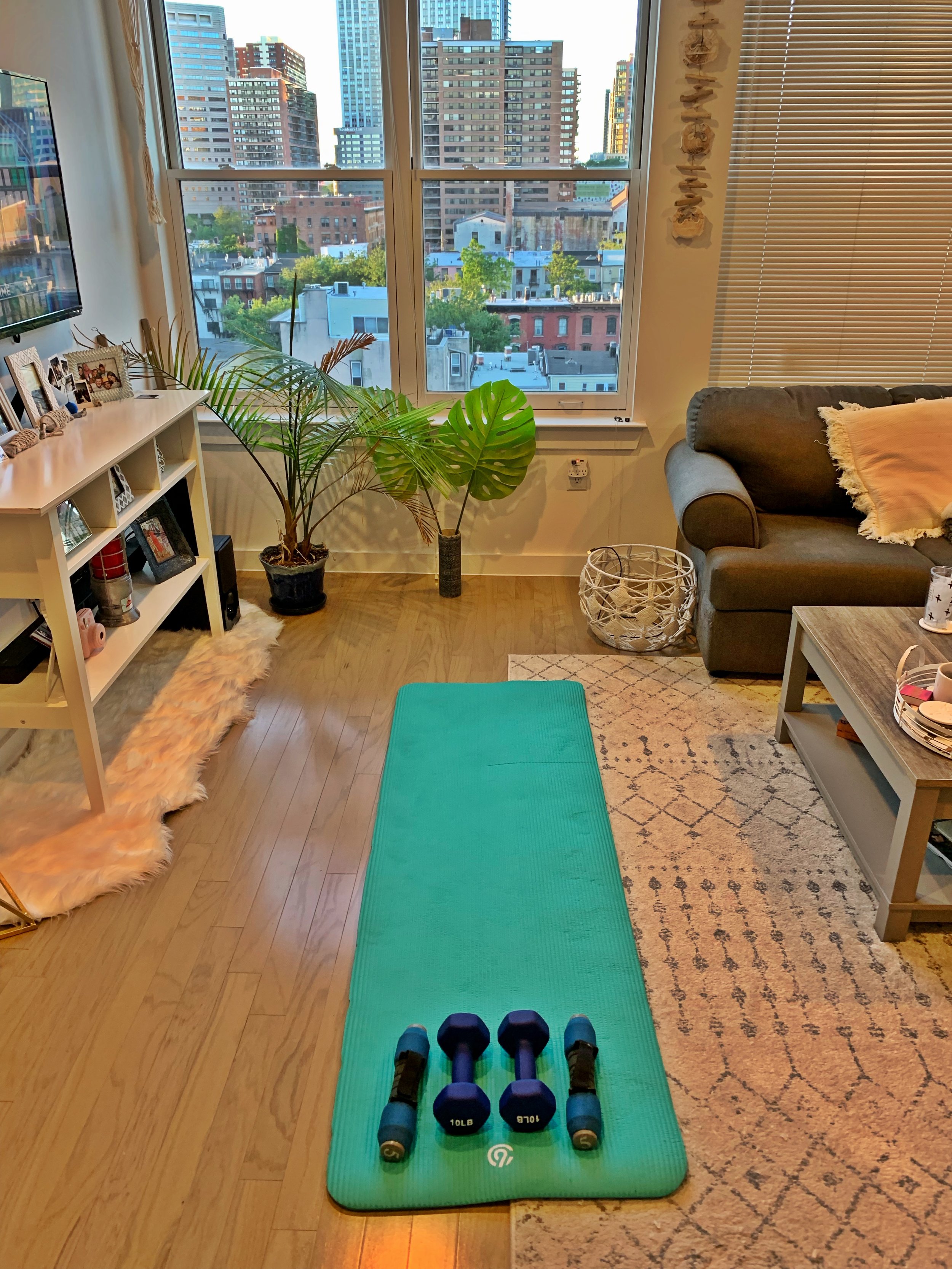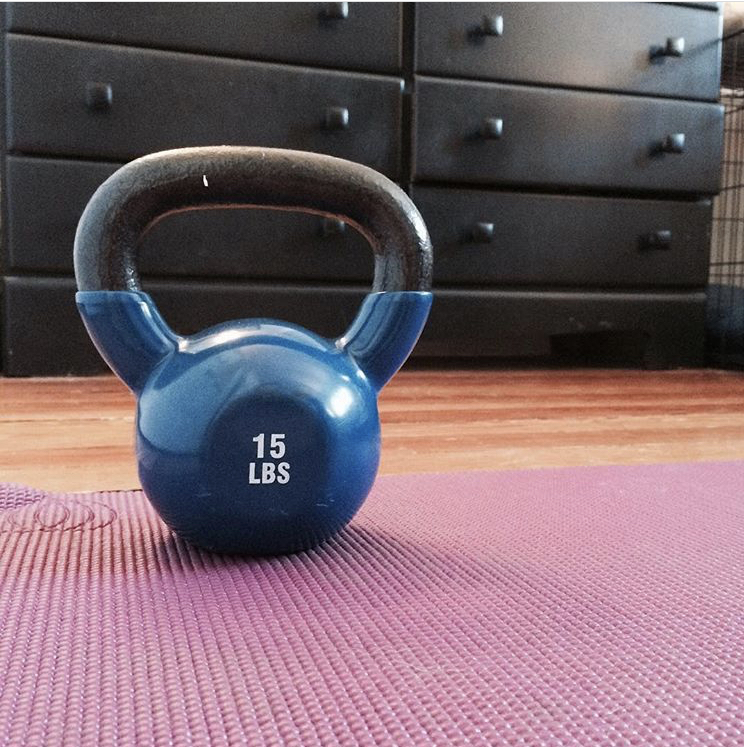No matter where you live, you can always make a little room for a workout space. We’ve seen great workout spaces in studio apartments, as well as in one-family townhouses. Whether its a permanent set up, or a space you use for multiple purposes, we’ll walk you through how to create a workout space that fits your lifestyle.
My personal workout areas have changed many times over the years depending on where I’ve lived or what I needed at the time. I’ve joined big box gyms, stored fitness equipment in closets, as well as had my own dedicated room as personal gym space. While my ultimate goal is to build out my own personal home gym, I’ve managed to continuously create temporary spaces in all the places I’ve lived that get the job done. All you need is enough space for the type of workouts you want to do.
Step 1: Decide on an area
Check out your living space
What type of workouts do you plan on using your workout space for?
Cardio?
You’ll need a space big enough for your equipment of choice (i.e. Treadmill, Elliptical, Bike, Rower.)
It should be a place that you can make some noise, as cardio machines tend to be noisy.
Ideally the space should have good airflow with a window and or fan.
Weight Training?
You’ll need enough room for body weight exercises or a few small pieces of equipment.
If you plan on doing any jumping or plyometric exercises (burpees, box jumps, etc) You’ll need to make sure you have room for rubber mats and enough ceiling height to jump.
If you have neighbors below you, this may impact the type of exercises you can do or where you complete your workouts.
Yoga or Meditation?
Not much space at all! Just enough to be able to extend your limbs in multiple directions and lay out a mat.
Do you have enough room to have a separate workout space or do you need to share it with a living space?
In an apartment?
Usually the living room or bedroom is ideal. Or maybe if you’re lucky, you have an office or spare room.
In a house?
A basement, spare room, garage or shed tend to be best so you can keep everything set up all the time. (If you never go to a specific room, or hate it, don’t put your workout stuff there. You’ll never go!).
Just because your equipment is set up in one room doesn’t mean you always have to stay there! Currently my main workout area is in the basement. Occasionally I’ll bring a few pieces of equipment upstairs to either my daughter's playroom or in nice weather outside on our back patio.
A couple of things to keep in mind:
Be mindful of the other people in your living area.
Keep in mind the time of day you’ll be completing your workouts. (Especially in an apartment — your neighbors might not appreciate your early morning/late night bedroom workouts.)
You don’t necessarily have to stick to one room for the entire workout.
When I lived in my apartment, I did the main part of my workout in my living room, but for any jumping activity, I went in my kitchen because the floor was more sound proof there.
Step 2: Equipment Type
Once you decide on a space, you need to figure out how much room do you have for equipment. One thing I recommend everyone get regardless of space, is a yoga mat or something similar. This will help with gripping on exercises, catching your sweat, and ease impact not your joints. It’s lightweight and can easily be rolled up and stored away when not in use. (Yoga mats can be found be found pretty much anywhere, but I have consistently seen a lot on Amazon, Target, Walmart, TJMaxx/Marshalls/HomeGoods, etc.)
Equipment Suggestions Based on Space:
Minimal Storage Space: Resistance Bands, TRX Straps, Jump Rope, stairs in your house or apartment, step stool
Medium Storage Space: Couple of free weights, Adjustable free weights or kettlebells, Kettlebell, Aerobics Step, Battle rope (single family homes only! If you have neighbors below you, they will NOT appreciate the battle rope)
Large Storage Space/Set Room-Weight set, barbells, kettlebells, plyometric boxes, treadmill, bike, elliptical, etc, Mirrors.
Start small. Add equipment slowly as you progress through workouts. This way you’ll have a better idea of your available space and what you may be lacking. You can also talk to your personal trainer who will be able to recommend more specific equipment to complement your current routine.
Look around your space, be creative with the things in it. I FaceTime train clients in their homes or apartments, and many times they start with little or no equipment, but that doesn’t mean their workouts can’t be just as good as they would be in a full gym.
Things like coffee tables or ottomans make great steps or benches
Door frames are great for back rows or holding resistance bands
Step stools or stairs in your house or apartment building can be used for a variety of upper and lower body exercises as well as some cardio.
Anything you can use as a weight: laundry detergent, water bottles, decorative pieces like vases, cast iron pans…..
The more things you can use around your house, the less equipment you have to buy!
Step 3: Buying Equipment
People will forever buy fitness equipment and never use it. Check places like Facebook Marketplace, Craigslist, and yard sales for used weight training and cardio equipment. Spring tends to be the best time to look as people start to do their spring and summer clean outs.
As a general rule of thumb, new weights will cost roughly $1 per pound. Keep that in mind when calculating the price people are selling theirs at.
Do your research on brands, warranties, age of equipment (especially for cardio equipment. They are NOT all created equal and while FREE seems like a good deal, it may require a lot of repair work.).
Always ask to see and test equipment prior to purchasing so you know what you’re getting.
I also recommend meeting in a neutral location if possible. If not, always bring someone with you to look at or pick up equipment.
If you feel the need to have brand new equipment: Check reviews on big box and online stores. For serious equipment investment, check out brands like Rogue or Hudson steel.
Step 4: Flow/Safety
Don’t get too much equipment for the space you have or you’ll constantly be moving things around to make room for your next exercise or tripping over pieces.
If your sharing your workout space with another living space, make sure furniture, toys, decorations are pushed out of the way for your workout.
Flooring-Wear appropriate footwear for your flooring. (I.e. No socks on hardwood.) If you plan on doing a lot of jumping or high impact exercises, make sure you have supportive flooring such as rubber mats. Concrete floors are not great for absorbing energy.
Rubber flooring will help reduce noise, protect your floors and ease impact on your joints.
Overall, it doesn’t take much to create a space for a killer workout. Once you have your space created, ask your trainers at IronPlate Studios and IronPlate Online for specific workout plans to do in your new space that will complement the work you are doing with your personal trainer.





